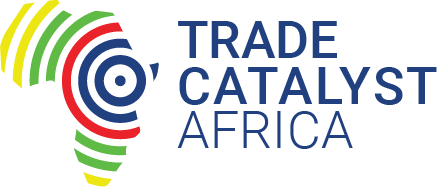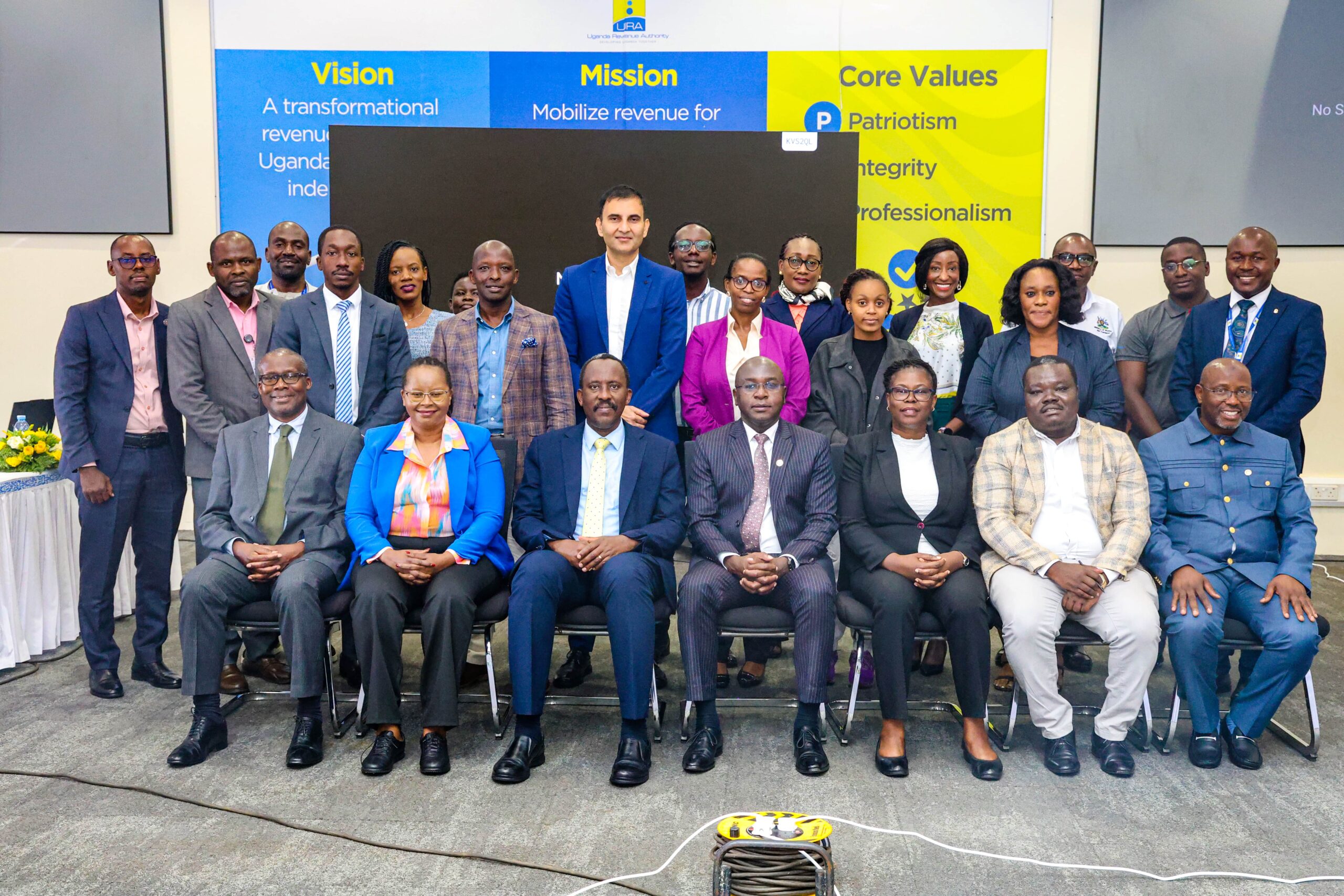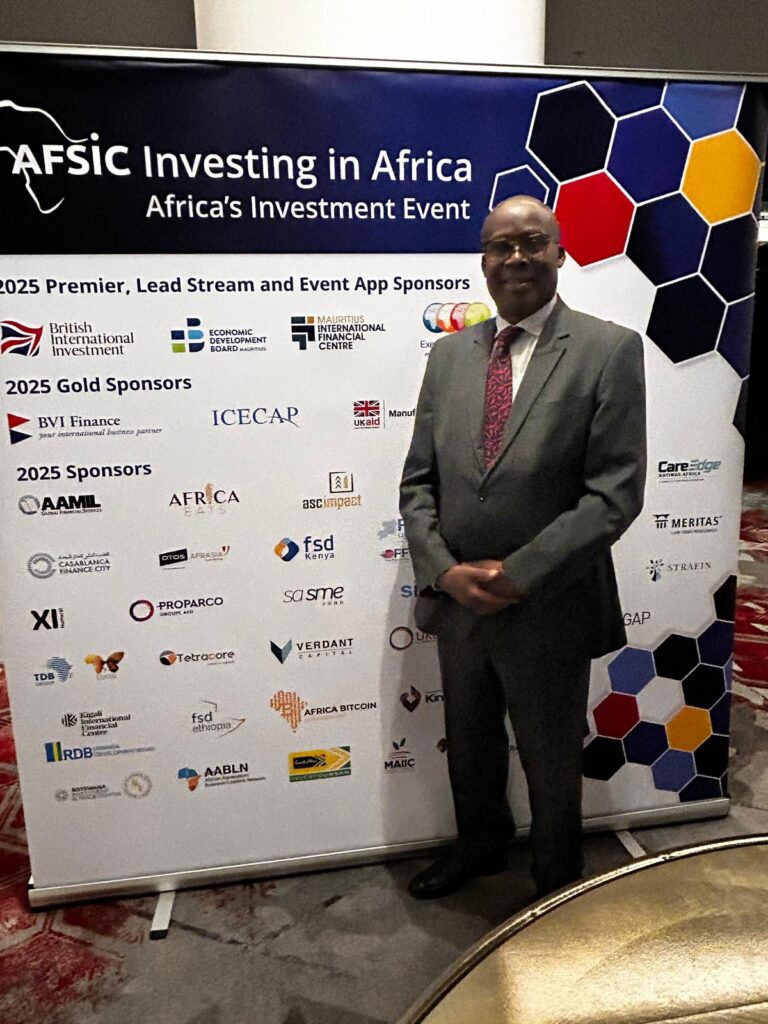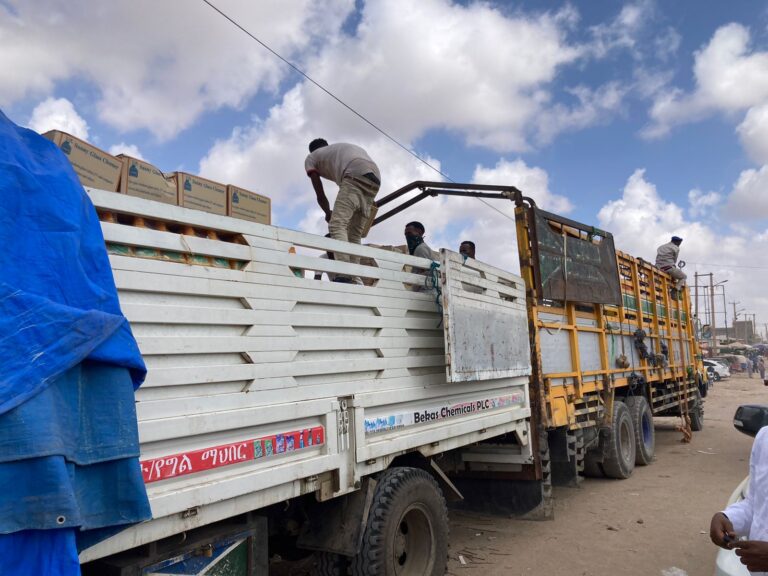On Friday, 11th July, the Uganda Revenue Authority (URA) convened a high-level meeting with critical stakeholders to discuss innovative strategies for improving trade facilitation and optimising the performance of One-Stop Border Posts (OSBPs) across the region. The session brought together officials from the Kenya Revenue Authority (KRA), TradeMark Africa (TMA), and Trade Catalyst Africa (TCA).
Held at the URA Tower’s Ssendaula Hall, the meeting focused on how to speed up cargo movement, reduce delays at border posts, and build a trade system that works better for the region.
TMA, a leading regional trade facilitation organisation, has led efforts to establish OSBPs across East Africa, helping reduce transit times, improve regional trade, and promote regional integration. However, the rapid growth in trade volumes and value has surpassed the capacity of existing infrastructure.
At the same time, global fiscal pressures are mounting. Governments face rising costs for security, food, and inflation, while traditional sources of grant funding — especially in the Global North — are shrinking. This has made it increasingly difficult to fund and maintain critical infrastructure.
In response, TMA, through its subsidiary, TCA, and in partnership with the European Union under the Global Gateway Africa-Europe Investment Package, is leading a new effort to rethink and redesign second-generation OSBPs along the Mombasa–Kisangani Corridor.
Unlike previous models reliant on grants, this initiative explores the introduction of green express lanes — premium, fast-track channels accessible for a fee. These lanes aim to drastically reduce transit times for users, with a single, transparent charge from port to destination. The goal is to create a sustainable cost-recovery model that ensures long-term maintenance and scalability of high-quality border infrastructure.
During the meeting, stakeholders discussed how to make this model work, including setting fair user fees for strategic users, utilising data to plan infrastructure, and implementing smart technology to streamline cross-border trade. They agreed that border redesigns must be data-driven, incorporating insights from border agencies and the private sector to develop optimal solutions that reduce costs, enhance predictability, and accelerate trade.
Key Outcomes:
- Faster Border Crossings: Stakeholders backed the idea for non-stop, tech-enabled border points to reduce clearance times.
- Collaborative Infrastructure Development: Emphasis was placed on sustainability, efficiency, and revenue mobilisation through joint efforts.
- Strategic Alignment: Everyone agreed on the need to align with national and regional trade plans to harmonise efforts.
Speaking at the meeting, URA Commissioner General John R. Musinguzi stated, “This meeting lays a strong foundation for transforming cargo movement through technology-driven solutions.”
KRA Commissioner General Humphrey Wattanga echoed this, stressing the need to rethink cross-border trade by embracing emerging technologies and integrated systems.
Next Steps:
- A pre-feasibility study will be conducted to identify viable OSBP projects and develop a cost-recovery financial model.
- Ongoing collaboration with public and private partners at national and regional levels to guide the development of sustainable, scalable border solutions.
This initiative supports broader efforts to strengthen trade across Eastern Africa and within the African Continental Free Trade Area (AfCFTA).




